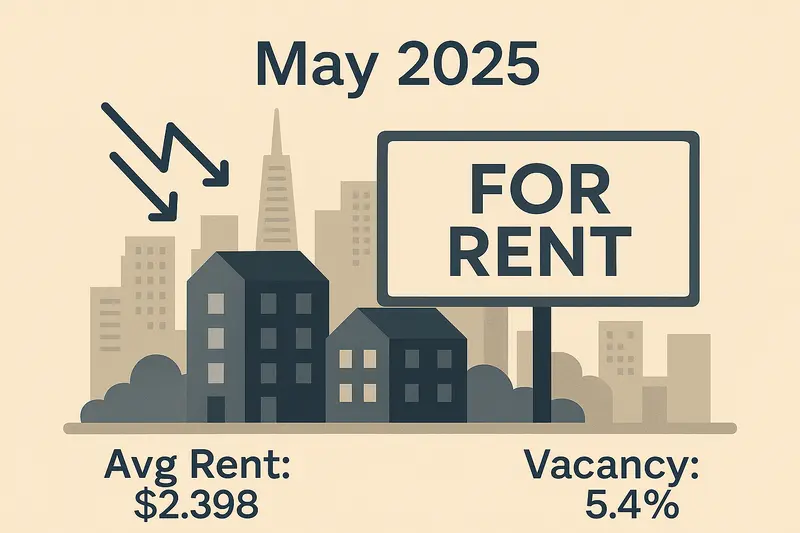Landlord Maintenance Responsibilities Tenants Should Expect
Question
Answer
Renters often wonder which repairs and upkeep tasks fall under their landlord’s duty. Landlord maintenance responsibilities typically cover essential systems and safety-related issues, but state and local laws can affect exact requirements.
Under the implied warranty of habitability, landlords must ensure rental units meet basic health and safety standards. This usually includes:
- Structural integrity and building systems: Maintaining the roof, foundation, walls, and any shared structural elements. Keeping plumbing, heating, electrical, and ventilation systems in good working order.
- Major appliances and fixtures: Repairing or replacing landlord-supplied appliances such as refrigerators, ovens, or dishwashers, if specified in the lease. Fixing built-in fixtures like sinks, toilets, and light fixtures when they fail.
- Compliance with health and safety codes: Addressing mold, lead paint hazards, pest infestations, and any conditions that violate local building or health codes.
- Common-area upkeep (for multi-unit buildings): Ensuring hallways, stairwells, elevators, parking lots, and exterior walkways remain safe, free from hazards, and well-maintained.
Landlords must usually complete emergency repairs (e.g., no heat in winter, major plumbing leaks, or electrical hazards) within 24–48 hours. For non-emergency issues, states often allow 14–30 days after written notice, but local ordinances might shorten or lengthen this timeframe. Review your lease for any specific repair timelines, keeping in mind that lease terms cannot override statutory habitability requirements.
Some repairs may fall to tenants when clearly outlined in the lease, such as:
- Changing light bulbs or air filters
- Yard upkeep, snow removal, or routine landscaping if the lease expressly assigns those duties
- Minor cosmetic repairs, like nail holes from hanging pictures, if spelled out in writing
Security and safety features also often require landlord attention. Expect your landlord to provide functioning locks on doors and windows, maintain smoke and carbon monoxide detectors, and ensure handrails and guardrails meet code. If these items fail, tenants should submit a written repair request immediately and keep a copy for records.
When landlords fail to address valid maintenance issues within a reasonable period, tenants may have options under state law, such as sending a formal notice, using a “repair and deduct” remedy, or contacting local housing authorities. Before taking action, tenants are recommended to verify local statutes and follow proper notice procedures—often sending a certified letter or completing an online maintenance request if provided.
Clear communication helps prevent disputes. Tenants should document all requests in writing and allow reasonable access for repairs. Landlords should respond promptly and keep records of maintenance work performed. Understanding the distinction between landlord and tenant obligations creates a smoother rental experience for both parties.
While this overview outlines common practices, it’s advisable to consult a licensed local attorney or your city’s housing department for specifics. Local codes and lease agreements can impose additional responsibilities beyond these general guidelines.


